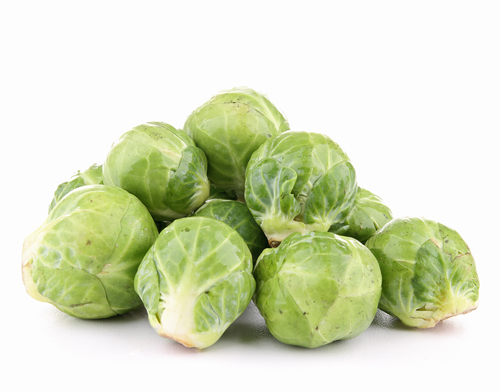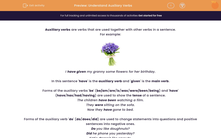Auxiliary verbs are verbs that are used together with other verbs in a sentence.
For example:

I have given my granny some flowers for her birthday.
In this sentence 'have' is the auxiliary verb and 'given' is the main verb.
Forms of the auxiliary verbs 'be' (am/are/is/was/were/been) and 'have' (have/has/had) are used to show the tense of a sentence.
The children have been watching a film.
They were sitting on the sofa.
Now they have gone to bed.

Forms of the auxiliary verb 'do' (do/does/did) are used to change statements into questions and positive sentences into negative ones.
Do you like doughnuts?
Did he phone you yesterday?
Katie doesn't like sprouts.

Shall we have a go at some questions now?








